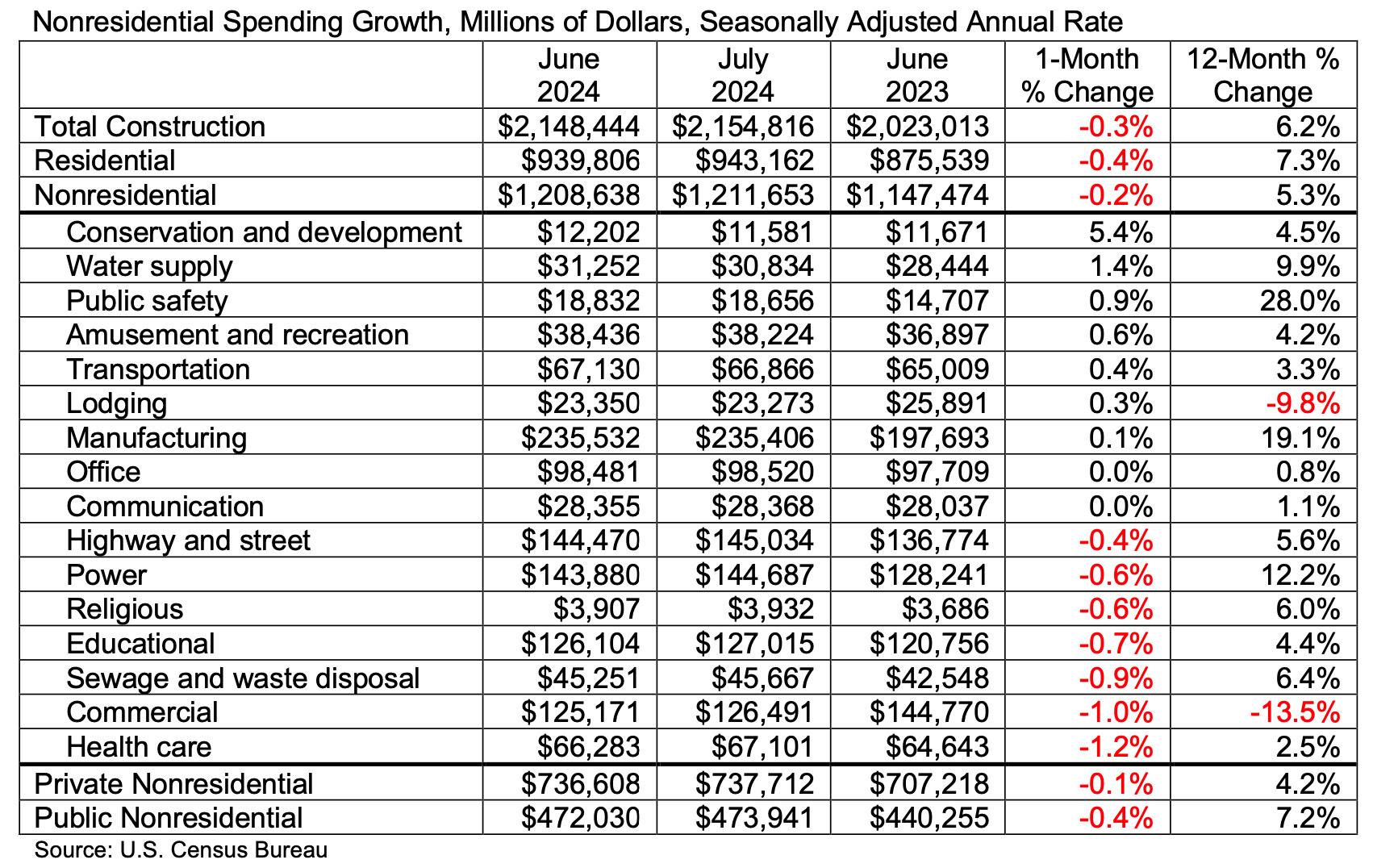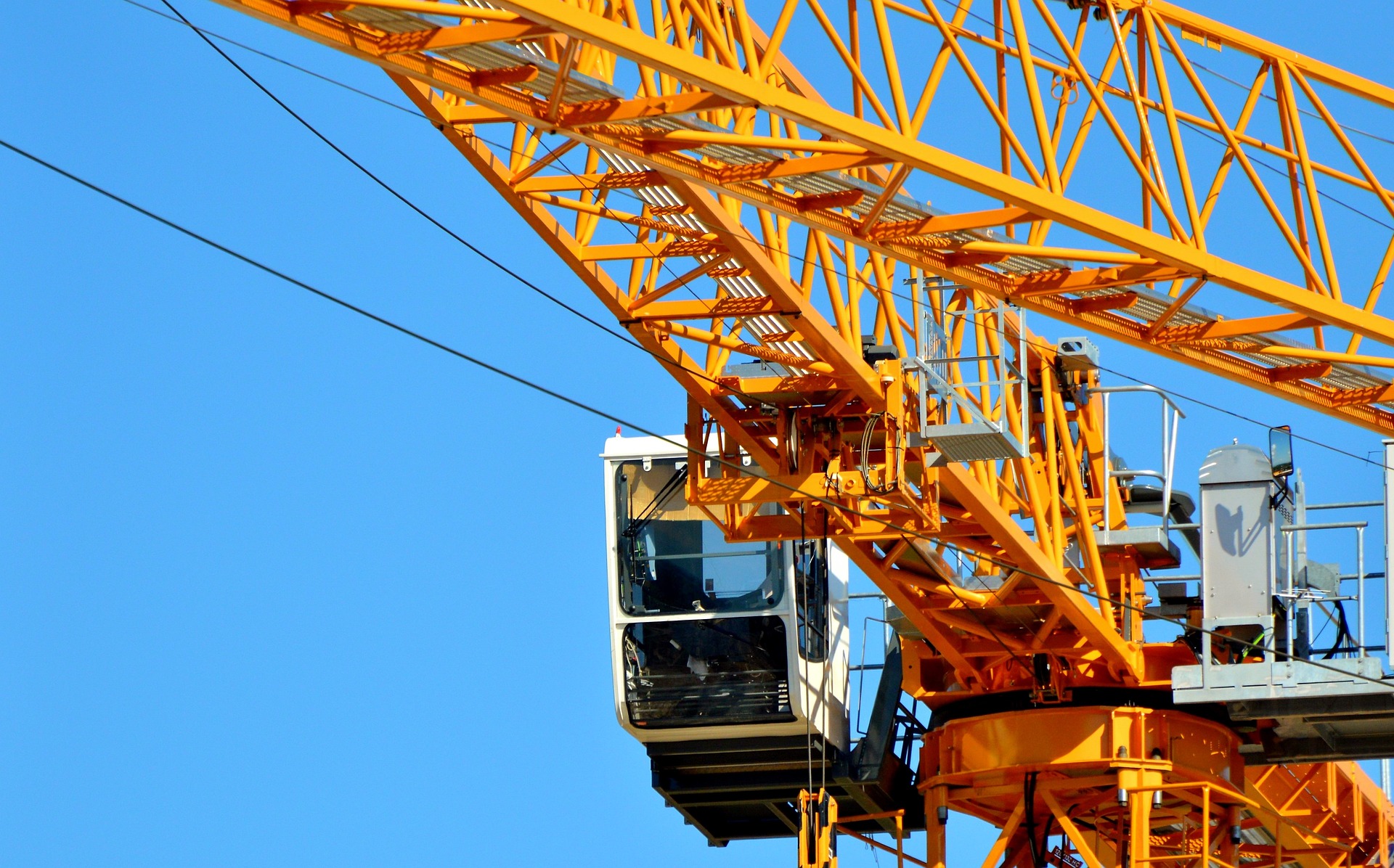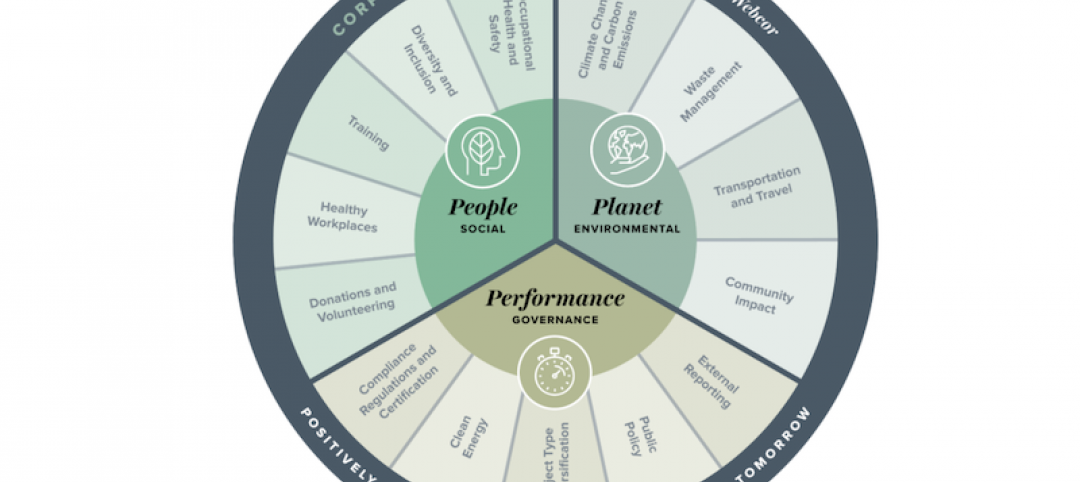National nonresidential construction spending declined 0.2% in June, according to an Associated Builders and Contractors analysis of data published today by the U.S. Census Bureau. On a seasonally adjusted annualized basis, nonresidential spending totaled $1.21 trillion. Nonresidential construction has expanded 5.3% from a year ago.
Spending was down on a monthly basis in 7 of 16 nonresidential subcategories. Private nonresidential spending fell 0.1%, while public nonresidential construction spending was down 0.4% in June.

“A new trend in nonresidential construction is emerging, and it’s not a good thing,” said ABC Chief Economist Anirban Basu. “Despite a bevy of megaprojects in certain parts of the nation, overall nonresidential construction spending appears to have entered a period of stagnation. The flattening of momentum has been apparent for the better part of a year, but the impact of higher interest rates, tighter credit conditions and a softening economy is increasingly apparent in the most recent data, which indicate that aggregate nonresidential construction spending is in decline.
“Despite a recent loss in spending growth momentum, many contractors remain upbeat, according to ABC’s Construction Confidence Index, anticipating growth in revenues and payrolls over the next six months,” said Basu. “But with interest rates staying higher for longer, it appears that many projects are being put on hold, limiting construction starts, suppressing backlog and perhaps eventually eroding current contractor confidence.”

Related Stories
Senior Living Design | May 19, 2021
Senior living design: Post-COVID trends and innovations
Two senior living design experts discuss the latest trends and innovations in the senior living building sector.
Multifamily Housing | May 18, 2021
Multifamily housing sector sees near record proposal activity in early 2021
The multifamily sector led all housing submarkets, and was third among all 58 submarkets tracked by PSMJ in the first quarter of 2021.
Wood | May 14, 2021
What's next for mass timber design?
An architect who has worked on some of the nation's largest and most significant mass timber construction projects shares his thoughts on the latest design trends and innovations in mass timber.
Healthcare Facilities | Apr 30, 2021
Registration and waiting: Weak points and an enduring strength
Changing how patients register and wait for appointments will enhance the healthcare industry’s ability to respond to crises.
University Buildings | Apr 29, 2021
The Weekly Show, April 29, 2021: COVID-19's impact on campus planning, and bird management strategies
This week on The Weekly show, BD+C Senior Editor John Caulfield interviews a duo of industry experts on 1) how campus planning has changed during the pandemic and 2) managing bird infestations on construction sites and completed buildings.
Multifamily Housing | Apr 22, 2021
The Weekly Show, Apr 22, 2021: COVID-19's impact on multifamily amenities
This week on The Weekly show, BD+C's Robert Cassidy speaks with three multifamily design experts about the impact of COVID-19 on apartment and condo amenities, based on the 2021 Multifamily Amenities Survey.
Market Data | Apr 20, 2021
The pandemic moves subs and vendors closer to technology
Consigli’s latest market outlook identifies building products that are high risk for future price increases.
Adaptive Reuse | Apr 15, 2021
The Weekly Show, Apr 15, 2021: The ins and outs of adaptive reuse, and sensors for real-time construction monitoring
This week on The Weekly show, BD+C editors speak with AEC industry leaders from PBDW Architects and Wohlsen Construction about what makes adaptive reuse projects successful, and sensors for real-time monitoring of concrete construction.

















